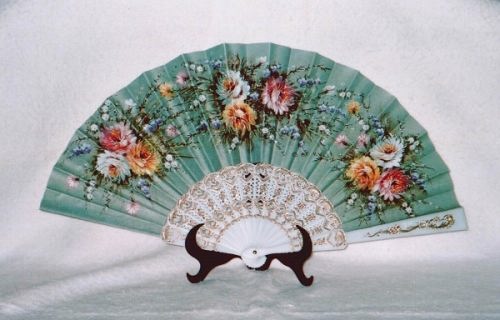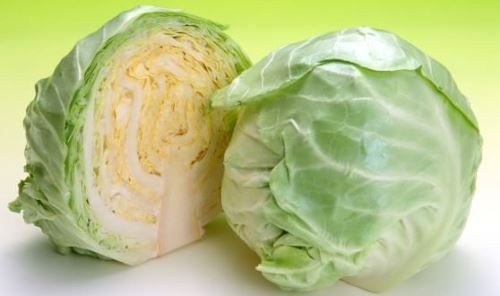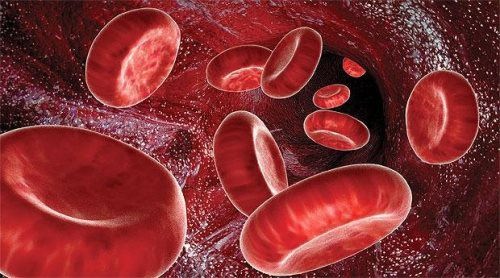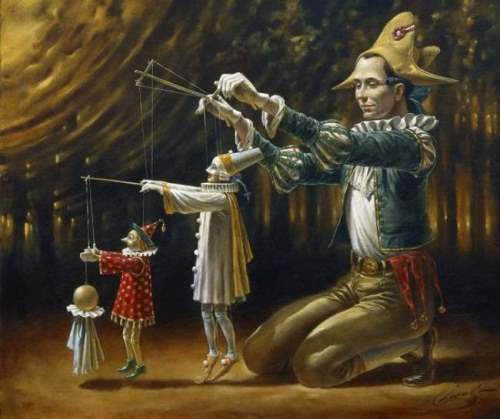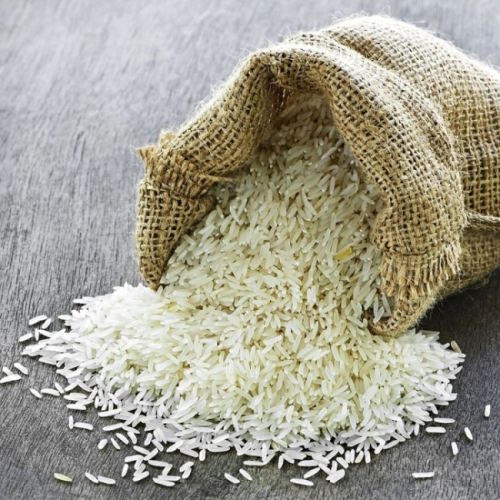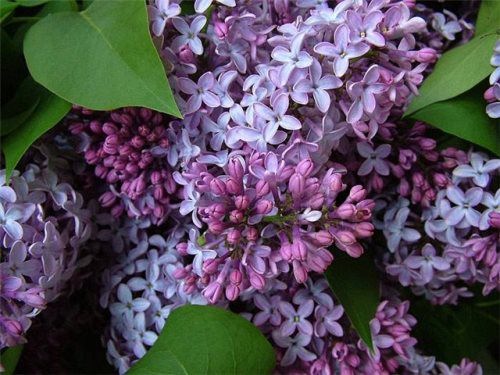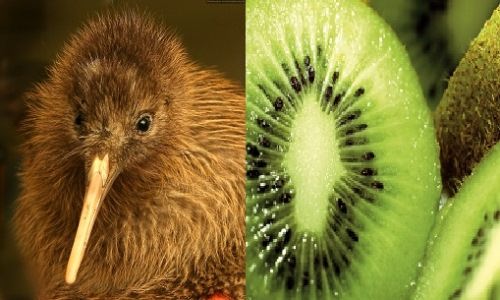Fan – luxurious necessary thing
Fans were a sign of the wealth and authority of the owner.
The historians believe that the first fan appeared in China. Mentions of these things are found in the works of ancient Chinese poets, dating back to the second millennium BC. During the excavation of the grave of the principality of Chu fragments of fans made of feathers with a wooden handle were found. Similar findings refer to the Eastern Zhou Period (770-256 BC).
In the III century BC, Chinese fans had a semi-circular shape. They were made mainly of thin bamboo plates. Later, the masters began to make round paper fans on the handle. In the I century, the Chinese presented several such fans to the Japanese emperor.
More »
